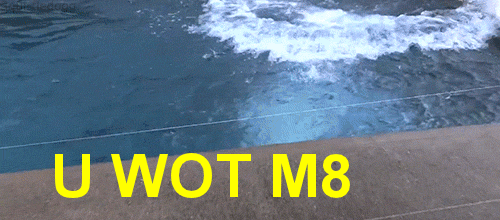- 9,736
- 1,174
- 113
That's what my I instructor I've had for the past year has drilled into my classss head treat the patient not the devices. This was especially true during cardiology class.
Clinical correlation. They don't give us all these tools for no reason. We use clinical findings along with quantitative and qualitative measurements to treat our patients.
Example: patient is aysmptomatic with minor complaints yet in VT on the monitor, what do you do?


